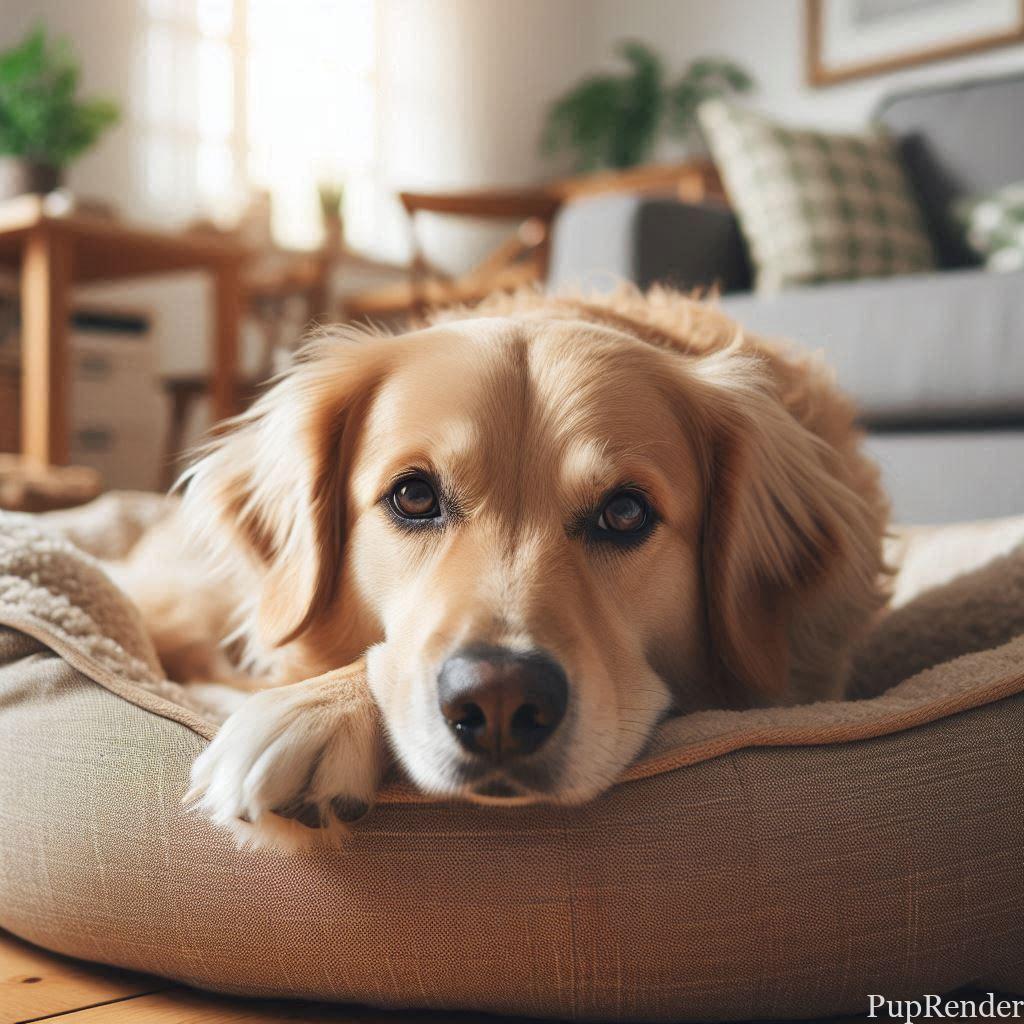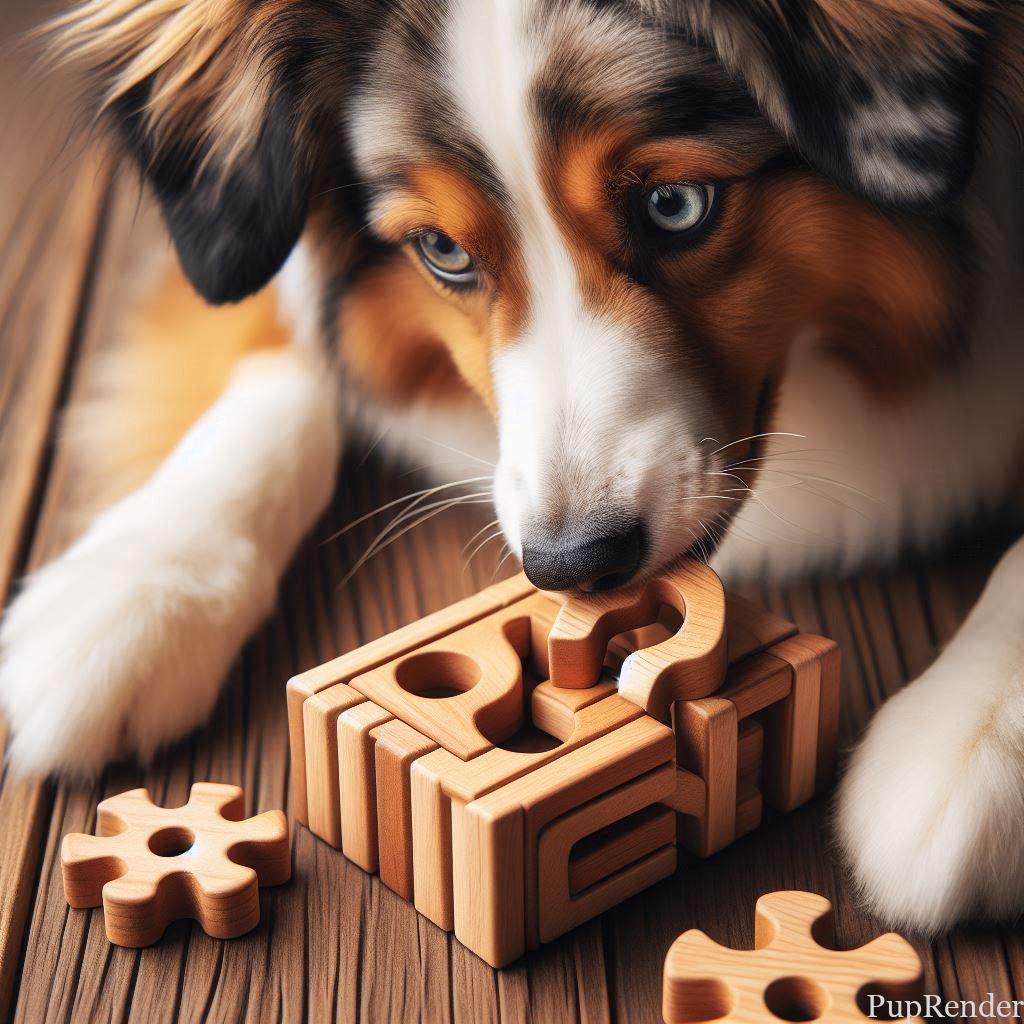The Benefits of Training Your Dog to Be Alone for Short Periods
Why Training Your Dog to Be Alone is Important
Training your dog to be alone for short periods is essential for their emotional well-being and development. Many dog owners find it challenging to leave their pets by themselves, fearing they might feel anxious or lonely. However, teaching your dog to be comfortable when left alone can prevent separation anxiety, reduce destructive behavior, and promote a healthier, happier pet.
When dogs learn to enjoy some alone time, they gain confidence, independence, and a better understanding of their environment. Plus, it makes life easier for you, the owner, knowing that your dog is content even when you are away.
Benefits of Training Your Dog to Be Alone
1. Reduces Separation Anxiety
Dogs are naturally social animals, and it’s common for them to feel distressed when left alone for extended periods. Training them to handle short separations can help build resilience and reduce anxiety. Start by leaving your dog alone for brief moments and gradually increase the duration. This approach teaches them that being alone is not a negative experience but an opportunity to relax and unwind.

Consider reading our article on How to Handle a Dog’s Separation Anxiety to learn more about techniques to help your pet overcome anxiety.
2. Promotes Independence and Confidence
Teaching your dog to be alone encourages independence. When a dog learns that they can be okay without constant human companionship, they develop a sense of security. This skill is particularly useful when you need to run errands or work outside the home.

Learn more about building a strong bond with your dog in our post 5 Ways to Bond with Your Dog.
3. Prevents Destructive Behavior
One of the most common reasons for destructive behavior, like chewing furniture or excessive barking, is boredom or anxiety when left alone. Training your dog to be comfortable during these periods reduces the likelihood of such behaviors. You can also provide them with interactive toys or puzzles that keep their mind engaged and prevent boredom.

For some great dog toy ideas, check out our post on The Best Dog Toys for Every Type of Pooch.
4. Makes Transitions Easier
Whether moving to a new home or bringing in a new family member, training your dog to handle brief periods alone can make transitions smoother. Your dog will have an easier time adapting to new routines if they are already comfortable with some solitude.

Read more about how to help your dog adjust to new situations in our article How to Help Your Dog Adjust to a New Home.
5. Enhances Overall Well-being
When a dog is comfortable being alone, it contributes to their overall well-being. They become less dependent, more relaxed, and better able to handle stress. This emotional stability also positively affects their physical health.

To maintain your dog’s health, check out our post on Top 7 Health Tips Every Dog Owner Needs.
How to Start Training Your Dog to Be Alone
Begin training with short absences and gradually increase the duration. Use positive reinforcement and provide engaging toys to keep them occupied. Consider using a crate if your dog feels more secure in a confined space. Remember, patience and consistency are key!
For more training tips, read our detailed guide on The Ultimate Dog Training Tips No One Told You.
Additional Resources
For further reading on dog behavior and training, explore articles from The American Kennel Club and The Humane Society for expert advice and resources.
Empower Your Pup, Enjoy Your Freedom
Training your dog to be alone for short periods brings numerous benefits, from reducing anxiety to enhancing overall well-being. By following these tips, you can ensure your dog is happy, healthy, and comfortable, even when you’re not around. Start implementing these strategies today and see the positive changes in your dog’s behavior and happiness!





